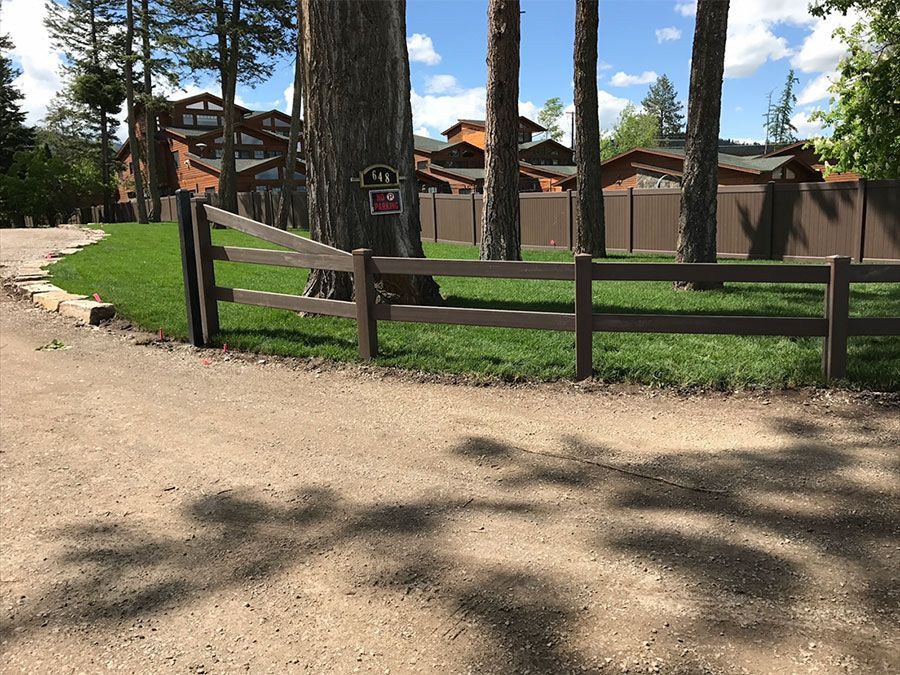Ornamental iron fences are not just about marking boundaries—they are a testament to artistic craftsmanship and history. The history of ornamental iron fences reveals their evolution in architecture and culture, blending functionality with timeless elegance. Let's explore how ornamental iron fences came to be, how they've evolved over time, and how they continue to influence design today.
Origins of Ornamental Iron Fencing
Ornamental iron fences have roots in ancient Egypt and Rome, where iron and bronze were first used for functional and decorative purposes. Initially, these fences were primarily designed for security, but with advancements in metallurgy, more ornate designs began to emerge.
Key Historical Design Changes
By the 17th century, ornamental iron fences began to feature more complex and elaborate designs, particularly in Europe. The 18th-century industrial revolution played a key role in making iron production more widespread, allowing for the creation of intricate designs. Elaborate scrollwork, finials, and decorative patterns became the hallmark of grand estates, palaces, and even city landscapes, propelling ornamental iron into a new era.

Cultural Impact on Ornamental Iron Fence Designs
As iron fencing became more widespread, the designs started to reflect the cultural influences of different regions. In France, for instance, the ornate, baroque-style fences showcased the country’s rich aristocratic heritage. Meanwhile, in the United States, iron fences became a status symbol, particularly in the 19th century, as wealthy landowners and industrialists sought to showcase their prosperity with grand, decorative fences. These cultural shifts led to the creation of diverse designs, each with its own unique features based on regional tastes and available materials.
The Evolution of Ornamental Iron Fences in the Modern Age
In the present day, ornamental iron fencing has evolved to align with modern aesthetics, incorporating new materials and technologies alongside traditional styles. While the classic, ornate designs remain popular, there's a growing trend toward minimalist, contemporary adaptations that suit both residential and commercial applications, balancing elegance with durability. Today's designs continue to honor the rich history of ornamental iron fences, yet adapt to modern tastes and preferences.
Final Thoughts
The history of ornamental iron fences is a story of transformation, from simple functional barriers to masterpieces of design. Whether you're considering ornamental iron fencing for your property or simply appreciating the craftsmanship of these fences, their rich history and continued evolution make them a remarkable choice.
We’d love to hear which ornamental iron fencing style you prefer for your property. Share your opinions in the comments!
#OrnamentalIronFencing #HistoryOfFencing #IronFences #FenceDesign #Metalwork #DecorativeIron #FencingHistory #ModernDesign #CulturalDesign